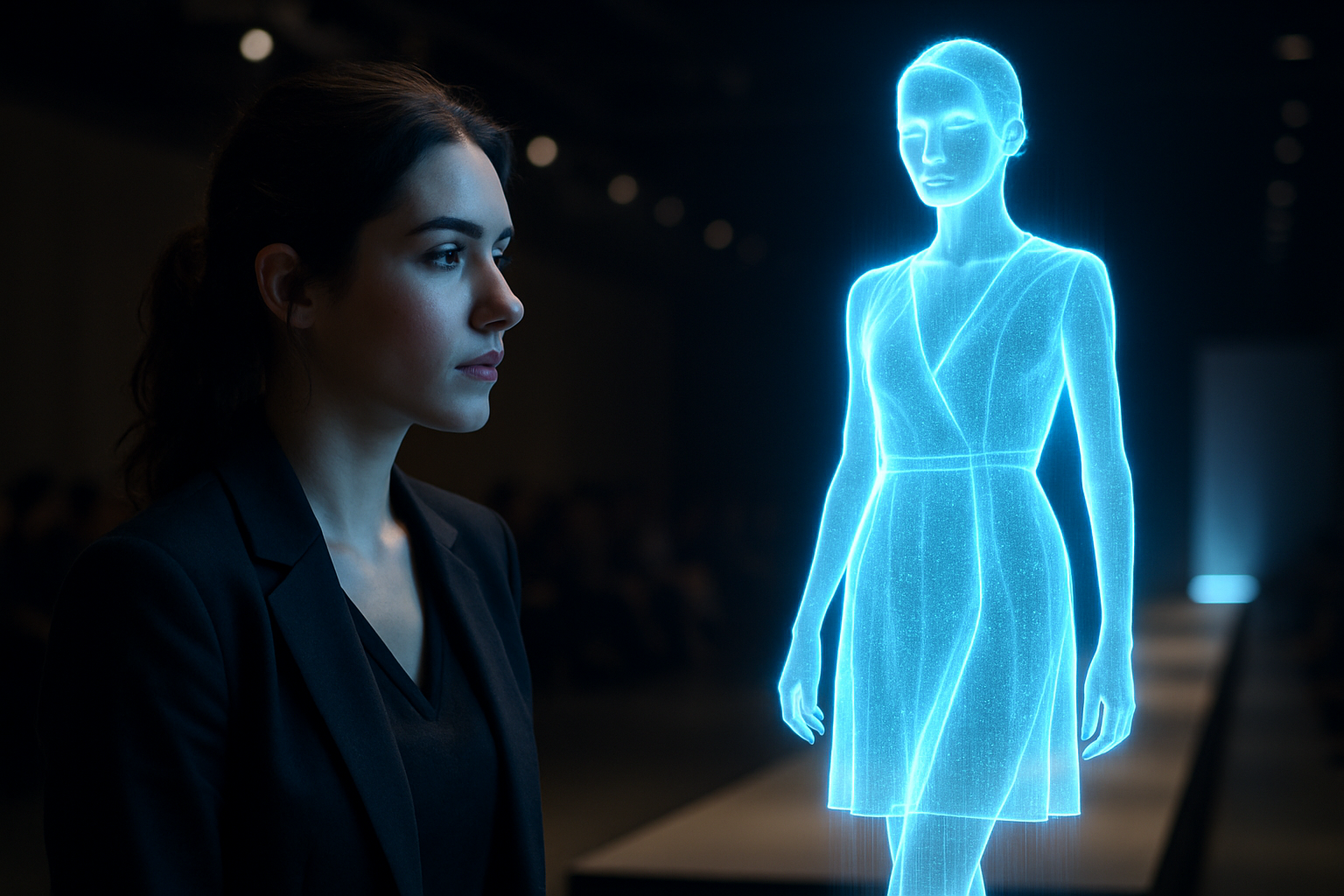Holographic Fashion: The Future of Runway Shows
In the ever-evolving world of fashion, a revolutionary trend is taking center stage, merging cutting-edge technology with haute couture. Holographic fashion shows are transforming the runway experience, offering designers unprecedented creative freedom and audiences a spectacle that blurs the lines between reality and digital artistry. This groundbreaking approach to fashion presentation is not only reshaping how collections are unveiled but also redefining the very concept of clothing in the digital age.

Technological Marvels Behind the Scenes
At the heart of holographic fashion shows lies a complex array of technologies working in harmony. Advanced projection systems, motion capture technology, and sophisticated 3D modeling software come together to create lifelike digital representations of clothing that can be manipulated and displayed in three-dimensional space. These virtual garments are not mere static images but dynamic, responsive creations that can be viewed from multiple angles, showcasing intricate details and innovative designs with unprecedented clarity.
Redefining the Runway Experience
Holographic fashion shows are revolutionizing the way audiences engage with new collections. Gone are the limitations of traditional runway layouts and physical models. Instead, designers can now create immersive environments that transport viewers to fantastical worlds, complementing their designs with surreal backdrops and impossible scenarios. Virtual models can change outfits instantaneously, allowing for seamless transitions between looks and enabling designers to showcase entire collections in innovative, time-efficient ways.
Sustainability and Accessibility in Fashion
One of the most significant advantages of holographic fashion shows is their potential to address sustainability concerns within the industry. By reducing the need for physical samples and minimizing travel requirements for models and attendees, these digital presentations offer a more environmentally friendly alternative to traditional fashion weeks. Additionally, holographic shows democratize access to high fashion events, allowing audiences worldwide to experience runway presentations in real-time through virtual attendance, breaking down geographical barriers and expanding the global reach of fashion houses.
The Creative Renaissance
Holographic technology is not just changing how fashion is presented; it’s fundamentally altering the creative process itself. Designers are now exploring designs that would be impossible to create with physical materials, pushing the boundaries of form, color, and texture. This new medium allows for the incorporation of dynamic elements, such as garments that change color or pattern in response to environmental stimuli or viewer interaction. The result is a new form of fashion that exists at the intersection of clothing and digital art, challenging our perceptions of what constitutes wearable design.
Challenges and Future Prospects
While holographic fashion shows offer exciting possibilities, they also present unique challenges. The technology required for these presentations is still in its early stages, with high costs and technical limitations posing barriers to widespread adoption. Questions about the authenticity of the fashion experience and the role of physical touch in appreciating garments also remain topics of debate within the industry. However, as technology continues to advance and become more accessible, it’s likely that holographic presentations will become an increasingly integral part of the fashion landscape, coexisting with and enhancing traditional runway shows rather than replacing them entirely.





